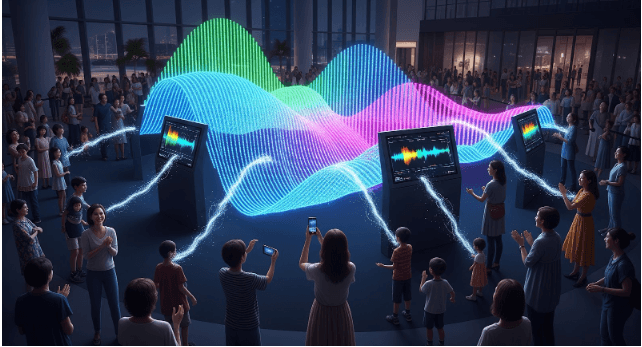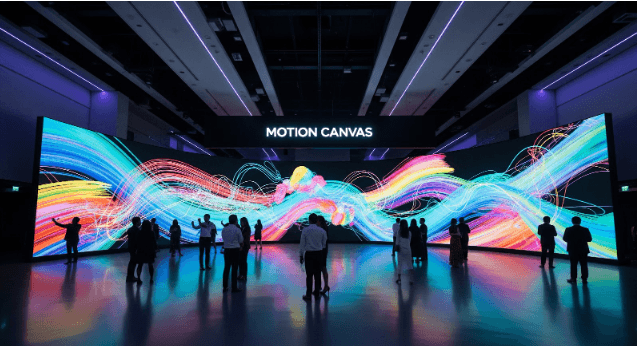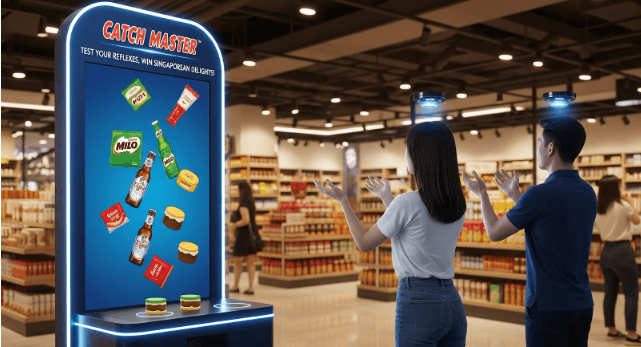Jul 31, 2023
Virtual Reality has started to be implemented in the Education sector as the technology continues to develop.
Education is a growing sector with the world population continuing to grow. In the next decade, there will be an increasing demand for skilled workers and professionals in order to meet growing demands.
With this in mind, it’s important that new technologies are implemented in the education sector. Virtual Reality (VR) has been proven as an effective medium for learning and teaching. VR in the Education industry is worth $3 billion USD and continues to grow. Here are some reasons why VR has started to become adopted more widely across education.
What is Virtual Reality?
It is a computer-generated simulation of a three-dimensional image or environment that can be interacted with in a seemingly real or physical way by a person using special electronic equipment, such as a helmet with a screen inside or gloves fitted with sensors.
Why use Virtual Reality in the Education Sector?
Virtual Reality has proven to be a useful education tool and is continuing to show improvement and development in this sector. One of the main reasons VR is being used in the education sector is because it allows people to fully immerse themselves in a virtual world. This environment allows them to use their senses and greatly enhances their learning experience.

For example, a student could be placed in a virtual forest and be asked to look around and identify different species of trees and flowers.
VR has also proven to be effective in therapy, rehabilitation, and in social situations.
VR has been used to help those with PTSD, Anxiety, and Autism cope with certain situations better.
VR has also been used to rehabilitate patients in hospitals with surgeries and treatment plans that are more realistic than what is currently used.
Finally, VR has been used to enhance the learning experience for students in social situations.
VR can also be used for museums, travelling, and education. With more and more museums now having VR experiences, students and visitors can have a more interactive experience in addition to reading from books.
VR has been used to travel and experience being in different places around the world. This is helpful for those who are unable to travel. Education is another sector where VR has been used.
Adoption of VR in Education
The adoption of VR in education has increased over the years as the technology becomes more advanced. In 2017, it was estimated that there were over 500,000 VR headsets being used in schools globally. As the price of VR headsets continues to drop, the adoption rate is expected to increase. The number of VR headsets used in education increased to 5 million in 2025.

Conclusion
VR has been proven as a useful medium for learning and teaching. VR has started to be implemented in the Education sector as the technology continues to develop. VR has been used to help students prepare for their SATs and other standardized tests. Students can be placed in a virtual classroom to learn and prepare for their tests.





